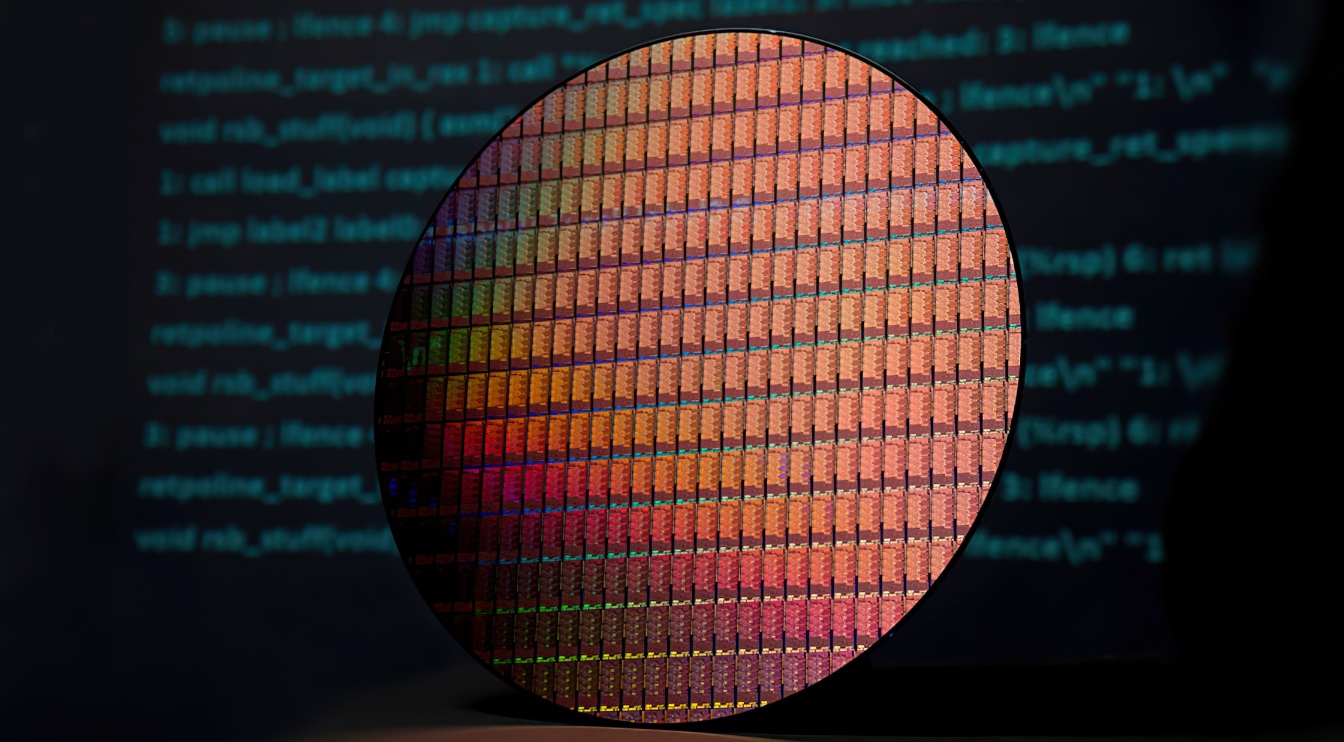Some Thoughts on the Recent DNS Operations, Analysis, and Research Centre Workshop, OARC-35
The DNS Operations, Analysis, and Research Centre (DNS-OARC) convened OARC-35 at the start of May. Here are some thoughts on a few presentations at that meeting that caught my attention.
TTL Snooping with the DNS
These days it seems that the term “the digital economy” is synonymous with “the surveillance economy.” Many providers of services on the Internet spend a lot of time and effort assembling profiles of their customers. These days, it’s not just data in terms of large-scale demographics but the assembling of large sets of individual profiles. We are all probably aware that we emit a steady stream of bits as a digital outflow when we use the Internet, and there is a major ongoing effort to sniff this digital effluent and derive profiles of individual activities from this data. If an entity operates a recursive resolver in the DNS or operates a popular web service, then it’s pretty clear how such user profiles can be assembled if that’s what they want to do. What is not so apparent is that almost anyone can sniff our digital outflow. All it takes is a little ingenuity.
The presentation on “Trufflehunter” at DNS OARC 35 is a good case in point of being able to perform such indirect snooping. The question posed here is to what extent is stalkerware being used. By its very nature, stalkerware is covert, as the intent is that the intended victim should be completely unaware that they have this app running on their device. So, is there a puff of tell-tail smoke that can reveal stalkerware in action? The key observation is that often these apps use the DNS as a command-and-control channel. After all, the DNS is ubiquitous, and the total query volumes are truly prodigious. What are a few more queries in such a torrent of DNS? The app is simply hiding itself in a densely packed crowd. You might get a signal of active stalkerware if you operated a DNS resolver, but if you aren’t the resolver operator, then you just can’t see the signal. Right?
Not true.
The critical piece of data that is used in this form of digital eavesdropping is the TTL (Time to Live) field in DNS responses. When a recursive resolver loads a response that was supplied by an authoritative server,…


